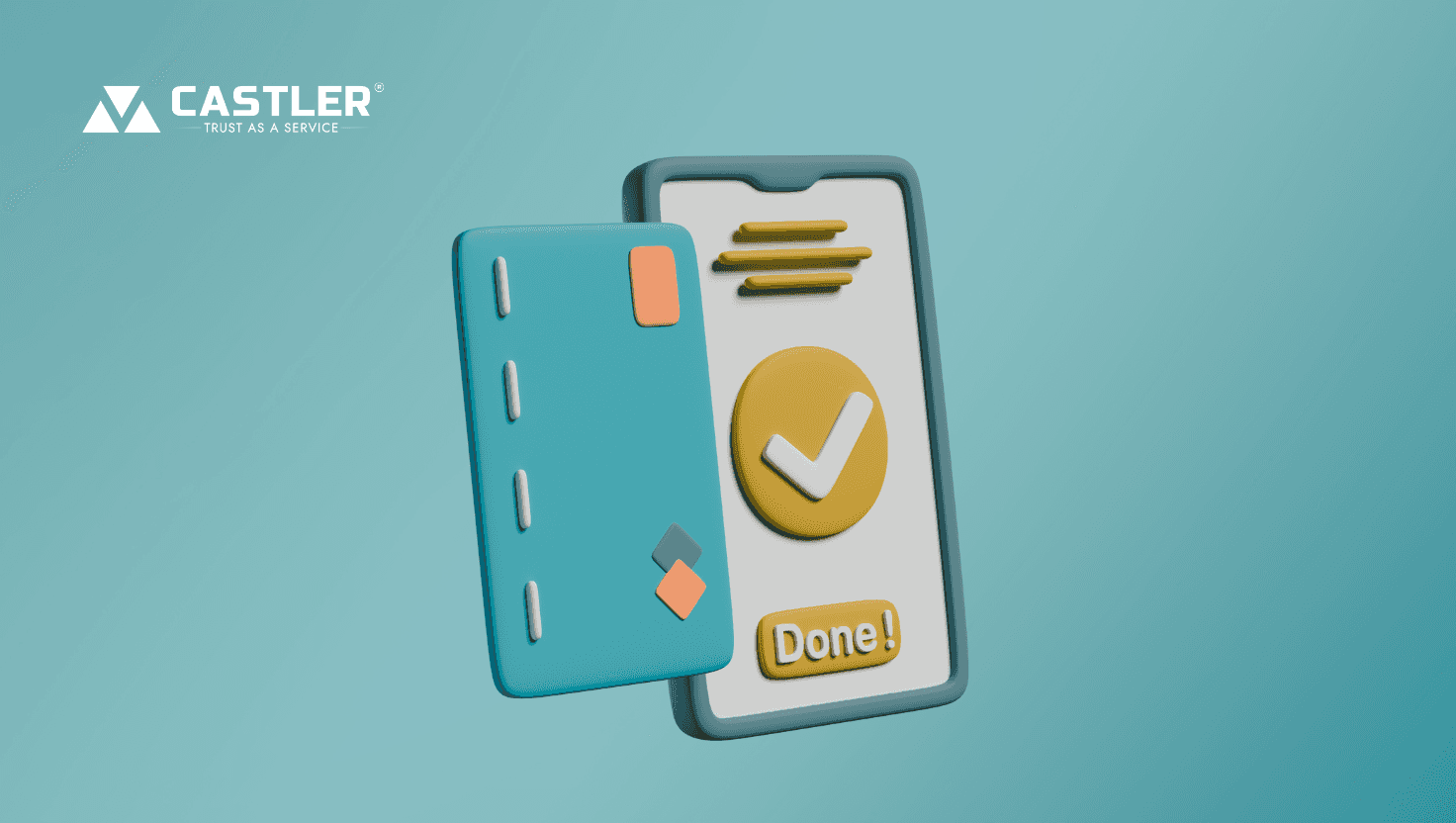Software Escrow
For Software
|
June 12, 2025
-
6 MINS READ

Software Escrow is your insurance policy, ensuring your access to mission-critical code and applications in case something goes awry. In this post, we discuss five scenarios where a software escrow literally saved a business—and how CastlerCode's fintech-grade offering is the best in class.
What is Software Escrow and Why It Matters
Software Escrow is a legally binding contract where the source code, documentation, and other key materials of a software program are deposited with an impartial third party (escrow agent) and made available to the licensee under specified circumstances. It provides safeguards against the disruption of vendors in the form of bankruptcy, acquisition, or default on contract.
With increasing numbers of businesses relying on SaaS or third-party vendor-developed solutions, software escrow has evolved into a strategic risk management solution rather than merely a legal necessity.
Scenario 1: Vendor Bankruptcy
Perhaps the most prevalent and destructive threat is a software vendor going bankrupt. If a vendor goes out of business, it may abruptly cease to support or update the software, leaving your company in a state of operational uncertainty.
How escrow helps:
Instant access to source code guarantees continuity.
Legal transparency enables you to continue or alter the application in-house or with a different provider.
Prevents forced migrations and spontaneous system outages.
Without escrow, you're subject to liquidation processes which do not consider your access requirements.
Scenario 2: Violation of Service Level Agreements (SLAs)
If a supplier consistently can't deliver scheduled levels of service, it can seriously affect your business performance. Downtime, security breaches, or inadequate response times can breach SLAs, but without provision in place, recovering from those failures is challenging.
With software escrow implemented:
SLA breaches can invoke release of the escrowed materials.
You can implement recovery and support processes in-house.
You have leverage to renegotiate or swap outperforming suppliers.
Escrow is an active enforcement mechanism instead of an alternative.
Scenario 3: Strategic Vendor Acquisition
When your major vendor is purchased by another entity, priorities could be altered, product lines terminated, or licensing conditions altered—usually to your detriment. Your company is then left vulnerable to operations risk and uncertainty.
An escrow on software can safeguard you in this case by:
Safeguarding ongoing access to the codebase, even after the product is sunset.
Facilitating migration or redeployment on your own terms.
Avoiding reliance on unpredictable post-acquisition choices.
In fast-consolidating sectors such as fintech and SaaS, this situation is becoming more prevalent.
Scenario 4: Intellectual Property Disputes
Occasionally, vendors become the target of legal action over ownership of the technology or code they license. This may lead to injunctions or restriction on further distribution of the product to customers—even after you've paid for access.
Software Escrow protects your interests by:
Granting unchallenged access to source code when legal uncertainties develop.
Enabling you to carry on business while disputes are resolved.
Preventing your business from being collateral damage in IP cases.
This is particularly important when software serves regulated or critical infrastructure capabilities.
Scenario 5: Vendor Discontinuation or Abandonment
If a vendor chooses to retire a product, switch markets, or simply abandon your application, you're left in the dark. This is especially agonizing with specialty or tailored solutions.
Escrow reduces the harm by:
Providing you with access to the entire source code and documentation.
Granting ongoing internal use or third-party development.
Decreasing reliance on one provider's roadmap.
This keeps your digital operations robust, no matter what the vendor's business strategy is.
Why CastlerCode is the Enterprise-Grade Software Escrow Solution
While traditional software escrow focuses on static code deposits, CastlerCode redefines the model with a fintech-grade, digital-first approach tailored to enterprise needs. Designed for today’s fast-moving tech landscape, CastlerCode blends security, automation, and legal enforceability into one seamless platform.
What Sets CastlerCode Apart:
Automated code deposits integrated with GitHub, GitLab, Bitbucket, and leading CI/CD pipelines.
Real-time monitoring of trigger events like SLA violations, vendor default, or legal disputes.
Multi-party approval workflows that ensure fair, transparent release conditions for licensors and licensees.
Digitally signed audit trails and documentation to support legally binding escrow enforcement.
Enterprise Contractual Escrow for bespoke, multi-vendor, or IP-intensive scenarios. Explore more.
With CastlerCode, enterprises move beyond legacy escrow practices—ensuring that software continuity, compliance, and vendor accountability are never compromised.
Conclusion
From bankruptcies to acquisitions, SLA breaches to IP conflicts, software escrow is not merely a legal safety net—it's an enabler of business continuity. All of the situations above represent an actual and increasing threat to enterprise operations. And in each instance, a strong escrow solution can be the difference between disruption and resilience.
CastlerCode doesn't only keep code safe—it protects your business. If your business is dependent on third-party software for executing mission-critical operations, it's time to include escrow in your tech risk plan
Written By

Chhalak Pathak
Marketing Manager




